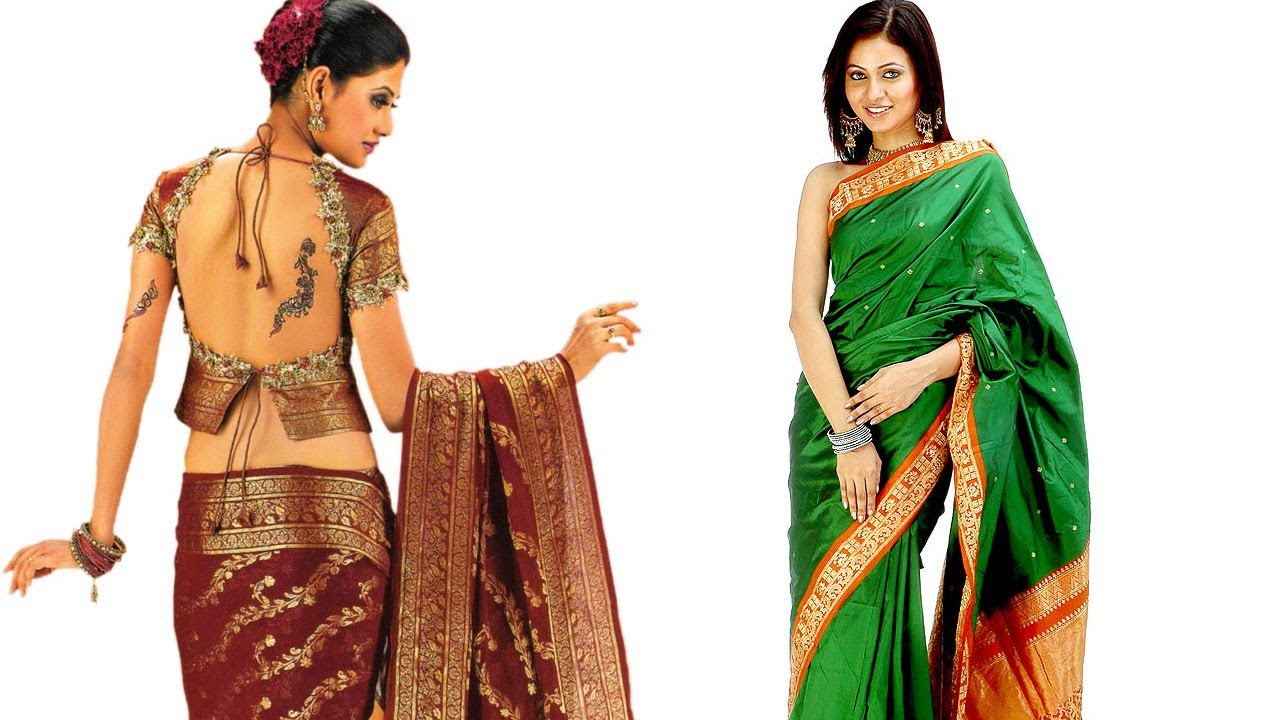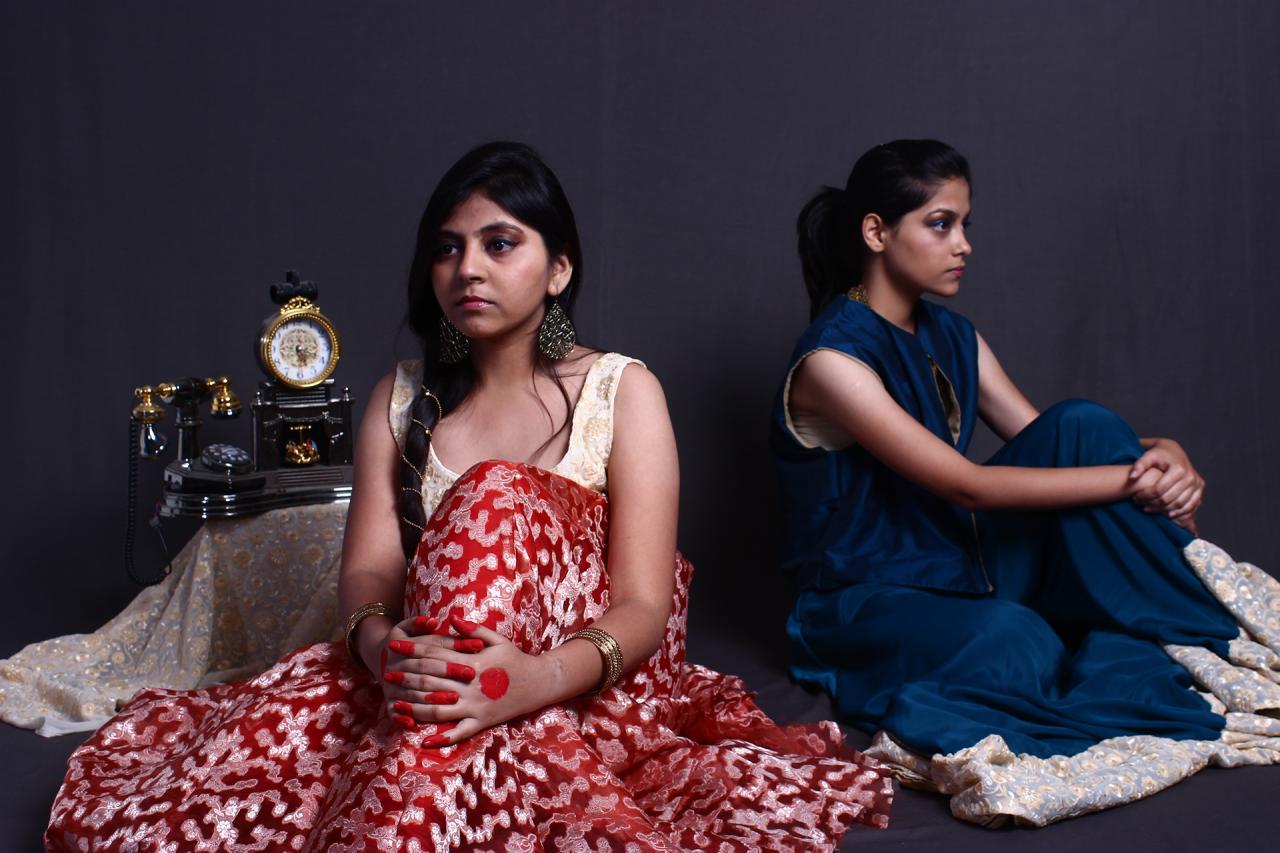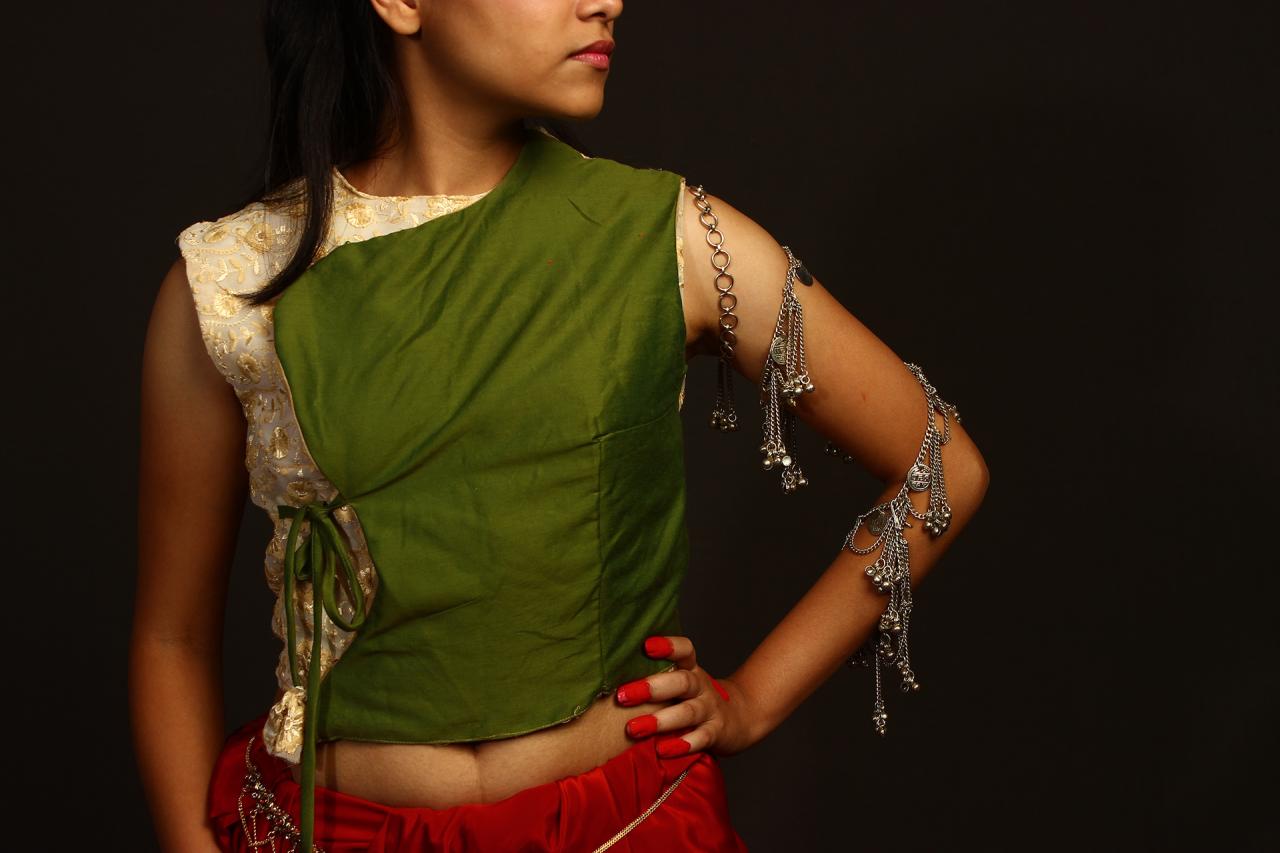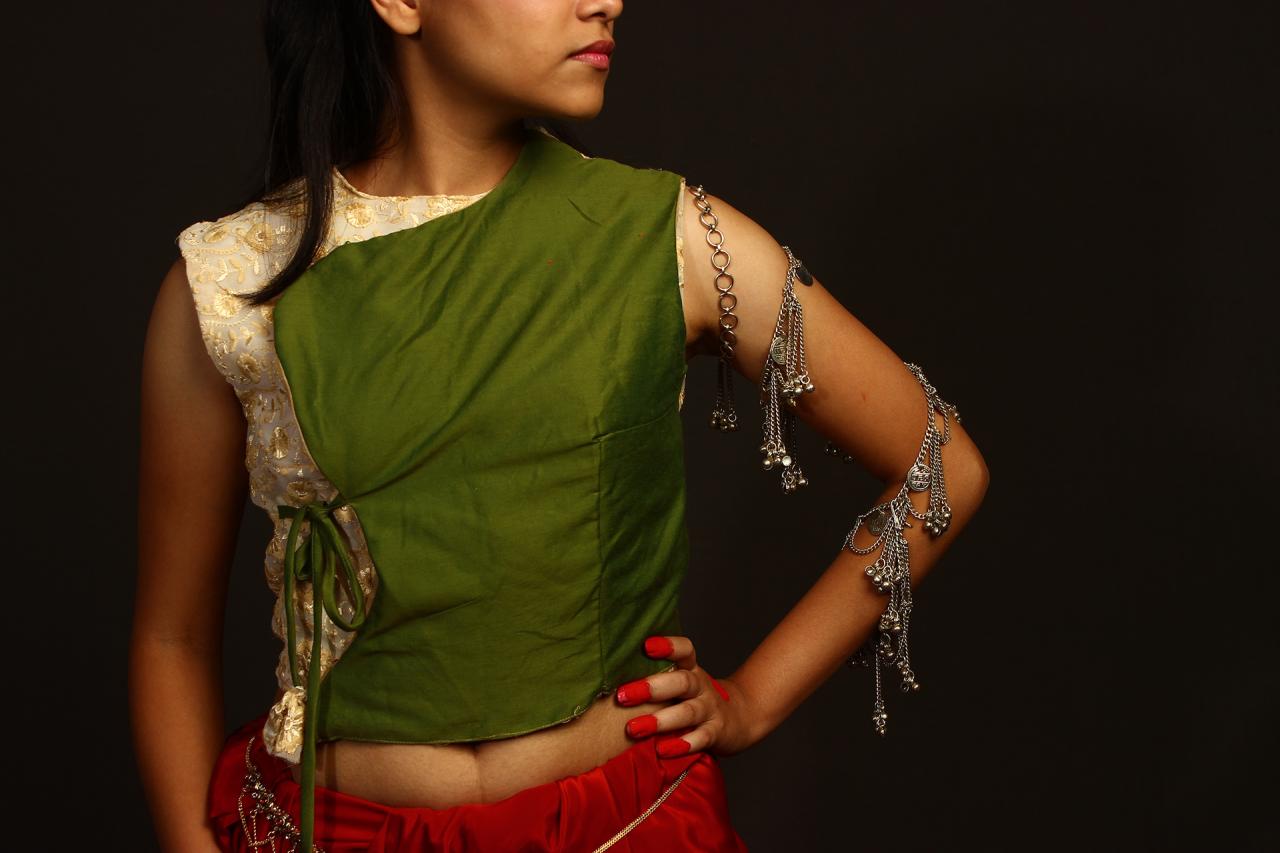Wrapped Indian garments, known as “wrapped indian garment nyt,” are an embodiment of India’s rich cultural heritage, weaving together tradition and modernity. From the iconic sari to the versatile lungi, these garments hold profound historical, cultural, and fashion significance.
Contemporary designers are reinterpreting traditional wrapped garments, infusing them with modern aesthetics and global influences. The result is a vibrant fusion of tradition and innovation, showcasing the enduring appeal of these garments.
Indian Fashion and Cultural Significance
Wrapped garments have a profound historical and cultural significance in Indian fashion, reflecting the country’s rich textile heritage and diverse regional traditions.
The sari, a versatile drape worn by women across India, embodies grace and elegance. It is typically made of silk, cotton, or synthetic fabrics, and can be adorned with intricate embroidery, prints, or embellishments. The sari’s draping style varies regionally, symbolizing different cultural and social contexts.
Dhoti
The dhoti, a garment worn by men, is a rectangular cloth wrapped around the waist and legs. It is often made of cotton or silk and can be either plain or patterned. The dhoti is considered a traditional and formal attire, commonly worn during religious ceremonies and festivals.
Lungi
The lungi, similar to the dhoti, is a lightweight cotton cloth worn by men, primarily in southern India. It is typically wrapped around the waist and extends to the ankles. The lungi is a versatile garment, suitable for both casual and formal occasions.
Contemporary Interpretations and Modern Designs

Contemporary designers are reimagining traditional wrapped garments with a modern twist, blending traditional elements with contemporary aesthetics. The influence of globalization and cross-cultural exchange has played a significant role in the evolution of these garments.
Innovative Fabrics and Techniques
- Designers are experimenting with innovative fabrics, such as lightweight silks, breathable linens, and luxurious velvets, to create modern interpretations of traditional garments.
- They are also incorporating modern techniques, such as laser cutting, digital printing, and embroidery, to add intricate details and embellishments to these garments.
Fusion of Cultures
- Globalization has led to a fusion of cultures, which is reflected in the design of wrapped garments.
- Designers are incorporating elements from different cultures, such as Japanese kimono sleeves, African prints, and Indian embroidery, to create unique and eclectic garments.
Versatility and Functionality
- Modern wrapped garments are designed to be versatile and functional, allowing for multiple styling options.
- They can be worn as formal evening wear, casual everyday wear, or even as beach cover-ups.
Styling and Versatility: Wrapped Indian Garment Nyt

Wrapped garments offer endless styling possibilities, allowing individuals to create diverse looks for various occasions. From casual to formal, these garments can be tailored to suit any event.
Accessorizing and Layering, Wrapped indian garment nyt
Accessorizing and layering wrapped garments enhance their versatility. Adding a belt can define the waist and create a more structured silhouette. Scarves and shawls provide warmth and add a touch of elegance. Layering different wrapped garments, such as a long tunic over a shorter dress, creates a unique and eye-catching ensemble.
Formal and Informal Settings
The versatility of wrapped garments extends to both formal and informal settings. For formal occasions, opt for luxurious fabrics like silk or velvet, accessorize with statement jewelry, and create a sophisticated look. For casual wear, choose lightweight fabrics like cotton or linen, pair them with sandals or sneakers, and accessorize with simple jewelry for a relaxed and effortless style.
Closure

Wrapped Indian garments continue to evolve, adapting to changing lifestyles while preserving their cultural essence. Their versatility and adaptability make them a timeless fashion statement, transcending formal and informal settings. As we delve deeper into the world of wrapped Indian garments, we uncover a tapestry of cultural heritage, modern interpretations, and endless possibilities for personal expression.
Question Bank
What are the different types of wrapped Indian garments?
Wrapped Indian garments include the sari, dhoti, lungi, and dupatta, each with its unique style and cultural significance.
How can wrapped Indian garments be styled?
Wrapped Indian garments can be styled in various ways, from traditional drapes to modern interpretations. They can be accessorized with jewelry, scarves, and belts to create diverse looks.
What is the cultural significance of wrapped Indian garments?
Wrapped Indian garments symbolize modesty, grace, and cultural identity. They are worn for religious ceremonies, festivals, and everyday occasions.

